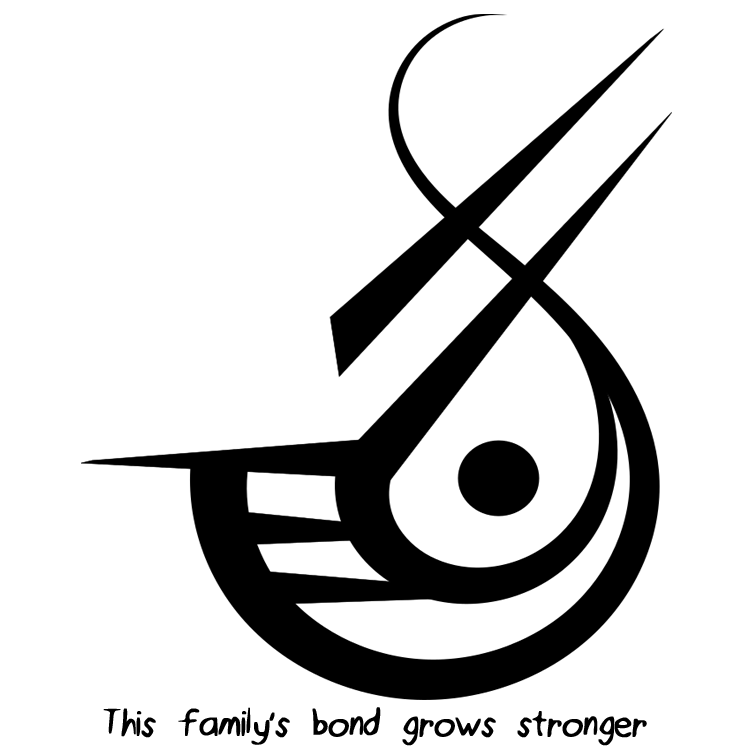

Afterwards, Kamon became popular among Kuge and various Kamon were created. Around the end of Heian Period, Kuge (the noblity) such as Sanesue SAIONJI and Saneyoshi TOKUDAIJI, began placing their own Mon on their oxcarts and walked around Streets, showing off their Mon. The origin of Kamon goes far back to the latter part of Heian Period. Kamon became the symbol of Japanese Samurai Hence, there was an unspoken rule to avoid using the Kamon that is already used by high class clan or family as much as possible. Especially using Kamon of a higher class, such as Daimyo (Japanese feudal lord) or Shogun (general) created more friction. However, although there were no limitations placed upon usage, freely using other family's Kamon caused friction or conflict. It was natural for Kamon to be placed on weapons like Samurai Sword (Katana) and Samurai armor (Kacchu). Kamon spread widely and were used on even graves, furniture, and ships. Each group consists of representative Kamon and their variations. Later, Buke (samurai warriors) and Kuge (the nobility) made use of Kamon, which are classified into some groups according to blood line or historical origin. A Kamon was created to serve as an unique emblem that represented a family's identity, clearly revealing the family name of its owner. It can be said that Kamon is an example of Japan's own culture which has been in use up to the present day. Spread of use of Kamon among Samurai and the Nobility Kamon is a unique culture and tradition you can find only in Japan. Except for European heraldic device, none of the countries have similar traditional heraldic device system which identifies family or clan. Kamon are often referred to as Family Crests which are European heraldic device similar to the Kamon in function, but it is different in many ways. It is said that there are more than 20,000 distinct individual Kamon in Japan. It is also referred to simply as “Mondokoro” or “Mon”.


The term "Kamon" refers to a crest used in Japan to indicate one's origins that is, one's family lineage, blood line, ancestry and status from ancient times.


 0 kommentar(er)
0 kommentar(er)
